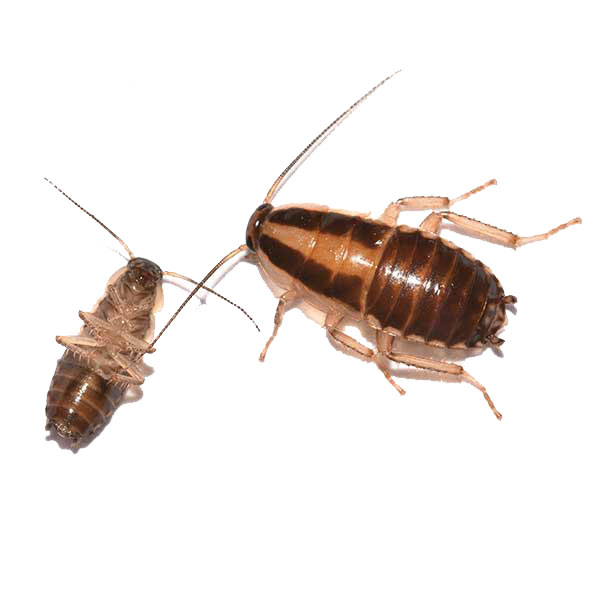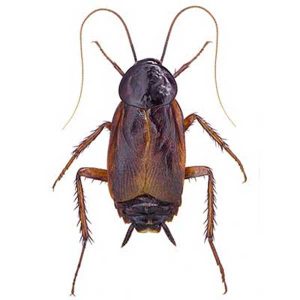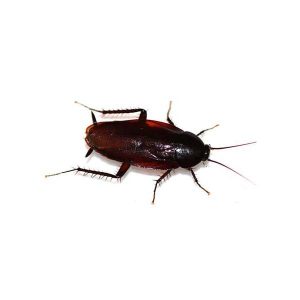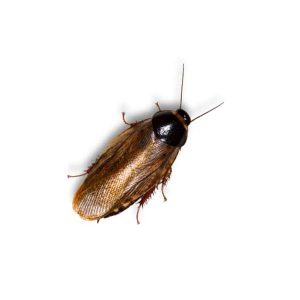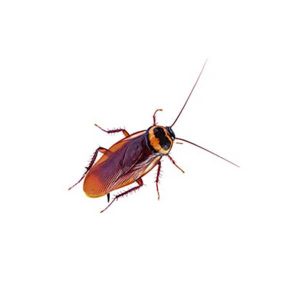German Cockroaches in Georgia
The German cockroach is distributed worldwide and is the most prevalent species in and around homes, apartments, supermarkets, food processing plants, and restaurants. Ships, especially cruise ships and naval vessels can also be heavily infested. These roaches prefer warm humid environments and infestations are frequently found in residential and commercial kitchen environments, and bathrooms. When infestations are large, they can spread to other parts of a building. This species reproduces the fastest of the common pest cockroaches—a single female and her offspring can produce over 30,000 offspring in a year.
German Cockroach Habitat
German cockroaches are found primarily in kitchens, bathrooms, or other areas where daily access to water is available. If sanitation is poor, the German cockroach can successfully expand its normal habitat to include all portions of a structure where adequate food, water, and shelter exist. German cockroaches prefer to hide in wooden and paper materials, as well as electrical equipment. These roaches can also be found hiding in cabinets, drawers, up under sinks, and inside heat-producing appliances like dishwashers, microwaves, and coffee makers.
German Cockroach Behaviors & Dangers
German cockroaches are not known to bite humans, however, foraging cockroaches are vectors of disease, depositing germs or bacteria in areas they inhabit. German cockroaches can also cause allergic reactions, due to the insects leaving fecal matter and cast skins around the home, causing skin rashes, watery eyes, sneezing, nasal congestion, and asthma. In addition to spreading disease, German cockroach infestations may cause human psychological stress. With the social stigma attached to having cockroaches in your home, homeowners tend to alter their behavior by entertaining less often and avoiding kitchen and bathroom areas at night for fear of encountering the pest. If this is the case, it’s time to contact your local cockroach exterminators!

